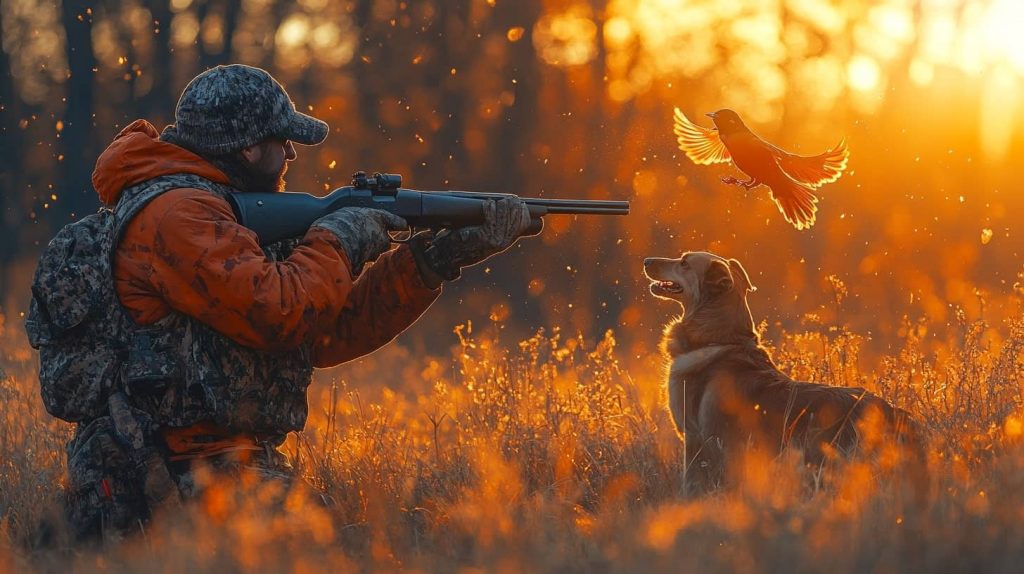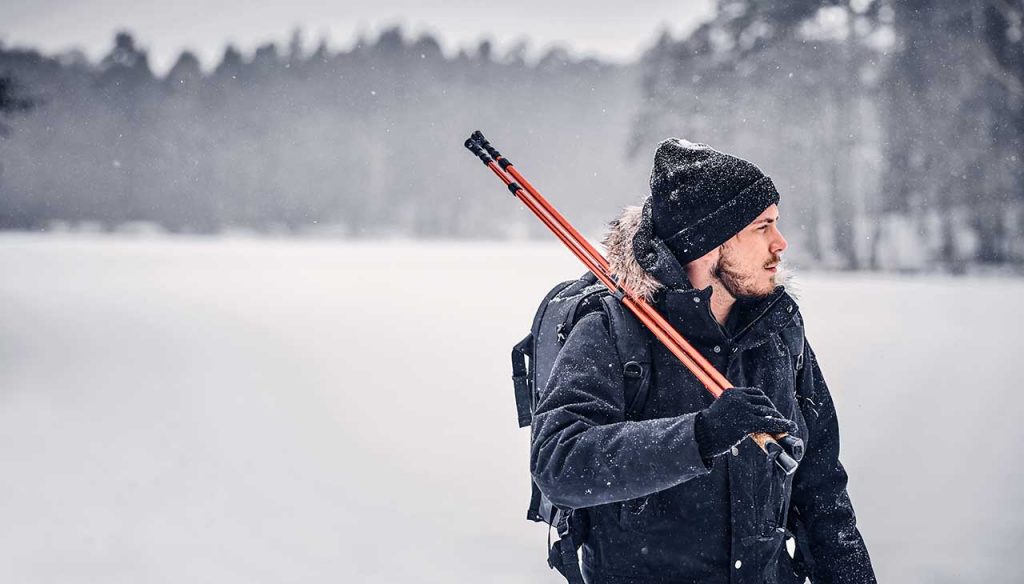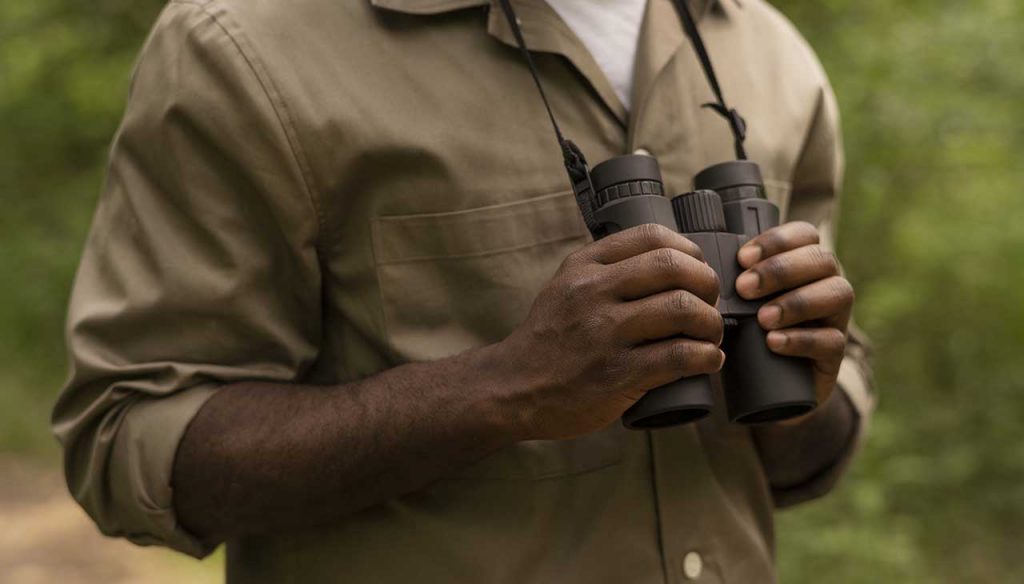Pheasant hunting is a cherished tradition for hunters worldwide, combining skill, strategy, and an appreciation for nature. Known for its challenging yet rewarding nature, this upland game hunt requires preparation, patience, and a touch of luck. Whether you’re a seasoned hunter or a novice eager to try your hand, pheasant hunting offers an unforgettable experience, blending the thrill of the chase with the beauty of the great outdoors.
In this article, we’ll delve into the essentials of pheasant hunting, including tips for success, the best destinations, the gear you’ll need, and how to maximize your overall experience.
The Basics of Pheasant Hunting
Pheasants, known for their vibrant plumage and agile flight, are among the most popular upland game birds. Native to Asia but introduced to North America and Europe, these birds thrive in agricultural regions, particularly in fields of corn, wheat, and grasslands. Their habitat often dictates hunting strategies, requiring hunters to be observant and adaptive.
Pheasants are ground birds that prefer to run rather than fly, making them a challenge to hunt. They often hide in tall grass or crops, relying on their sharp senses to evade predators. However, with a good plan and proper gear, hunters can outwit these clever birds.
Where to Hunt Pheasants
Finding the right location is a crucial step in pheasant hunting. The best hunting grounds often depend on the season, weather conditions, and the region’s agricultural practices.
Top Hunting Destinations
- South Dakota, USA: Known as the “Pheasant Capital of the World,” South Dakota boasts millions of acres of public and private hunting land. The state offers ample opportunities to bag pheasants, especially during the fall.
- Kansas, USA: With its diverse habitats, Kansas provides excellent pheasant hunting alongside other upland game species like quail.
- United Kingdom: Pheasant hunting is deeply ingrained in British tradition. Managed estates provide controlled hunts, often featuring driven shoots.
- Hungary: Renowned for its well-organized hunting experiences, Hungary offers exceptional opportunities for pheasant hunters in Europe.
Before heading out, research local regulations and acquire the necessary permits. Some areas may have restrictions on bag limits or specific hunting zones.
Preparing for the Hunt
Preparation is key to a successful pheasant hunt. This includes scouting locations, gathering the right gear, and understanding pheasant behavior.
Scouting and Timing
Spend time before the hunt observing pheasant activity. Early mornings and late afternoons are typically the best times to find them active. Look for signs such as tracks, droppings, or feathers in areas with abundant cover and food sources.
Gear Essentials
Investing in quality gear will enhance your experience and increase your chances of success.
- Shotgun: A 12-gauge or 20-gauge shotgun with modified or improved cylinder chokes is ideal for pheasant hunting.
- Ammunition: Use high-velocity shells with shot sizes ranging from 4 to 6 for clean, ethical kills.
- Clothing: Opt for durable, weather-resistant clothing in muted or camouflage colors. A blaze orange vest or hat is essential for visibility and safety.
- Footwear: Comfortable, waterproof boots with good ankle support are a must for traversing fields and uneven terrain.
- Dog Equipment: If hunting with a bird dog, bring along training collars, water supplies, and a first-aid kit for your canine companion.
The Role of Hunting Dogs
Hunting dogs play a pivotal role in pheasant hunting, offering skills that humans simply cannot replicate. Breeds such as Labrador Retrievers, German Shorthaired Pointers, and English Setters are prized for their ability to flush and retrieve pheasants.
Training your dog is an ongoing process that requires patience and consistency. Introduce your dog to the sound of gunfire, pheasant scents, and commands in controlled settings before taking them into the field. A well-trained dog not only enhances your hunting efficiency but also makes the experience more enjoyable.
Tips for a Successful Hunt
- Walk in Zigzags: Pheasants often run to escape predators. Walking in zigzag patterns through fields can flush them out.
- Work with the Wind: Position yourself and your dog downwind of the birds to make the most of your dog’s scenting ability.
- Be Ready to Shoot: Pheasants are quick to take flight. Stay alert and ready to mount your shotgun when they flush.
- Use Decoys: In some situations, decoys can attract pheasants by mimicking feeding or resting birds.
- Patience Pays Off: Don’t rush through a field. Take your time, allowing your dog to work thoroughly.
Respecting the Hunt and the Environment
Ethical hunting practices are essential in maintaining the tradition and ensuring sustainable populations of pheasants for future generations. Always adhere to bag limits, respect private property, and leave no trace of your presence.
Hunting is as much about connecting with nature as it is about the pursuit. Take a moment to appreciate the landscapes, wildlife, and the camaraderie that comes with the experience.
Conclusion
Pheasant hunting is more than a sport; it’s a journey that combines tradition, skill, and a deep appreciation for the outdoors. By preparing thoroughly, choosing the right location, and using effective strategies, you can enjoy a rewarding and successful hunt.
Whether you’re hunting in the vast fields of South Dakota, the estates of the United Kingdom, or anywhere pheasants thrive, the thrill of the chase and the beauty of nature make every moment unforgettable. So gear up, grab your shotgun, and embark on an adventure that will not only test your abilities but also enrich your soul.






